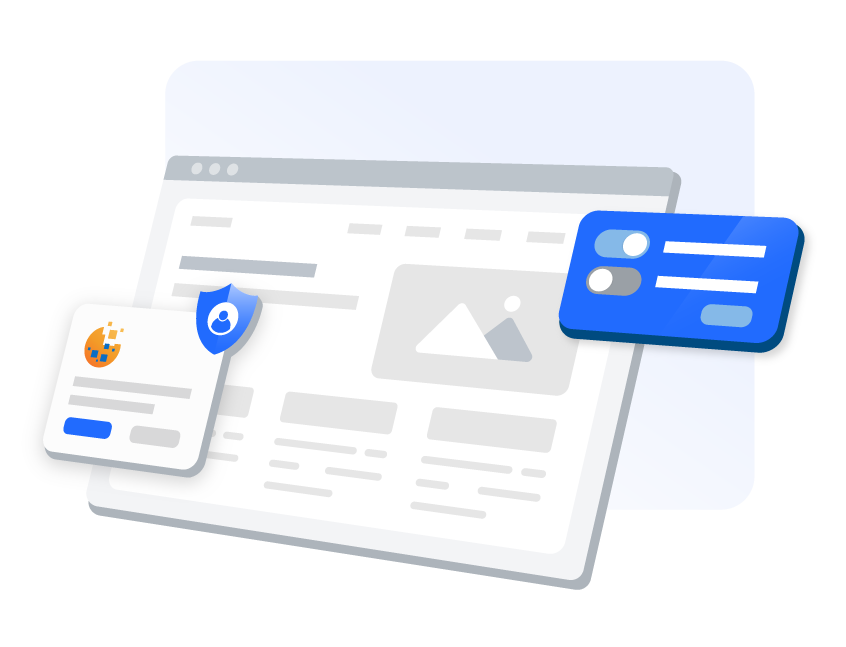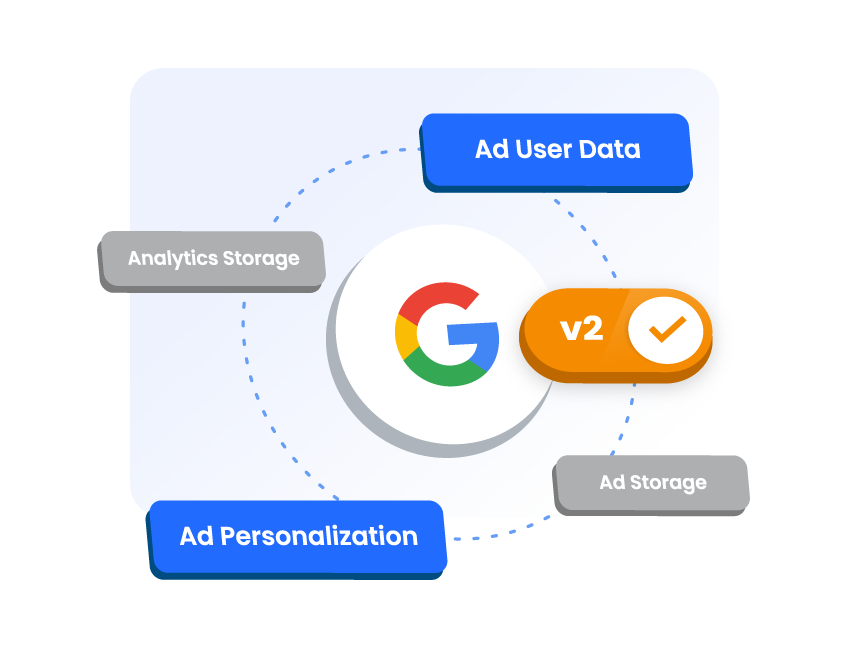Who We Are
InfoTrust is a close-knit group of developers, engineers, analysts, and visionaries.
Learn More
What We Do
What We Do
InfoTrust is a digital analytics consulting, data governance, and technology agency that works with many of the world's best-known brands.
Learn More
Industries
Industries
InfoTrust boasts a team of analytics specialists adept at serving various industries. Discover more about the sectors we cater to.
Resources
Resources
Explore a wealth of knowledge at your fingertips with our curated selection of webinars, insightful articles, and downloadable resources, designed to empower and inspire.
Go to Resource Library




